Wielkopolska, Greater Poland, occupies almost 10% of the country, and its capital, Poznan, makes a great base for exploring this historic region.
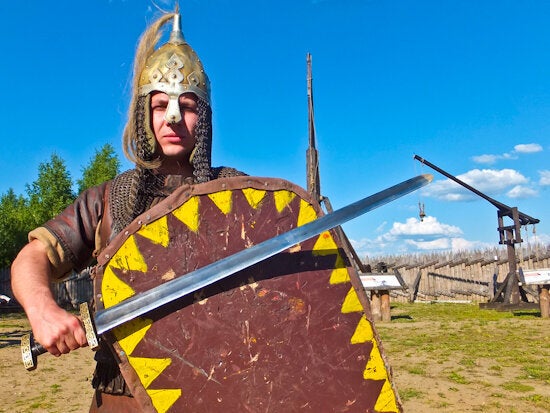
When it was behind the Iron Curtain, Poland used to have an image of a rather dull dour country where people turned to vodka to brighten up their lives. Of course all that has changed, and the fairy-tale towns and cities, many rebuilt after the war, are bright and colourful, and there's a surprisingly vibrant food scene.
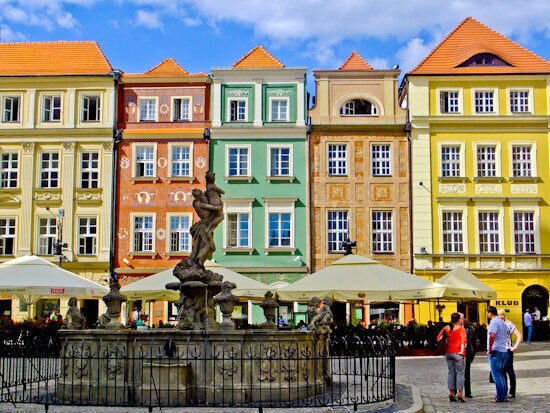
Poznan suffered particularly badly at the end of WW2 as it's one of the last stops on the road from Moscow to Berlin, but many of its gems have been restored. The Cathedral on the island of Ostrow Tumski is the oldest in Poland and it was here, in 966, that Prince Mieszko I was baptised, launching Christianity as the official religion. Unfortunately, its baroque towers were destroyed during target practice by invading Russian troops but now the pristine restoration stands proud.

In fact the Soviets are loathed even more than the Germans here, not surprising when you consider Poznan was part of Prussia from the end of the 18th century until WW1. Their most imposing monument is the Imperial Castle, although Emperor Wilhelm II only stayed here twice after it was finished in 1910. Post war plans to demolish it were resisted and today it houses the vibrant Zmek Culture Centre. Other buildings from Poznan's Prussian past are the Opera and the Polish Theatre and, in this part of town, it's easy to feel that you're in a part of turn of the century Germany.
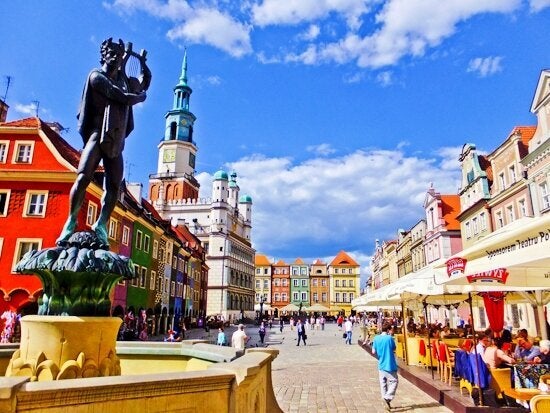
The old market square is the heart of the city, dominated by the Renaissance Town Hall and full of cafes, pubs and restaurants. Most of the multi-coloured houses were meticulously rebuilt in baroque and renaissance styles in the 1950's and today it's a place where everyone comes for a drink or something to eat. Just off the square is the Basilica of St. Stanislaus, built by the Jesuits in the 17th century. You have to go inside to adore the ornate sculpted stucco and painting and it's one of the most beautiful baroque churches in Poland.
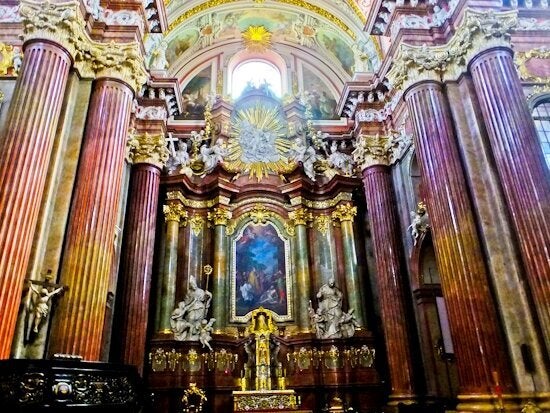
One of the city's great assets is the huge 2.2 km artificial Lake Malta, a short walk from the centre. This is the great lung of the city and is a centre for sailing, canoeing and rowing and other outdoor activities.
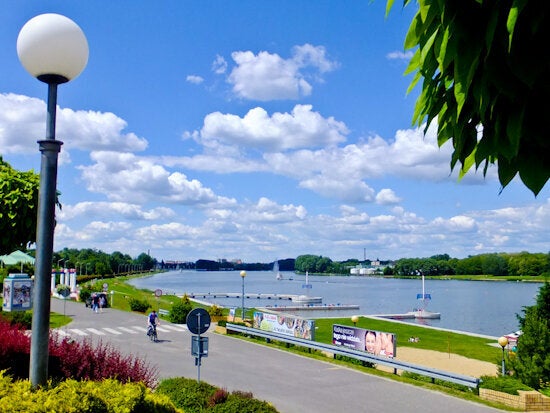
There's also a zoo and an ice rink here and I get the chance to try the Adrenaline ride, a sort of do it yourself roller coaster, built on an artificial ski slope. They pull you up and then you coast down, trying not to apply the brake, hurtling round corners at terrific speed.
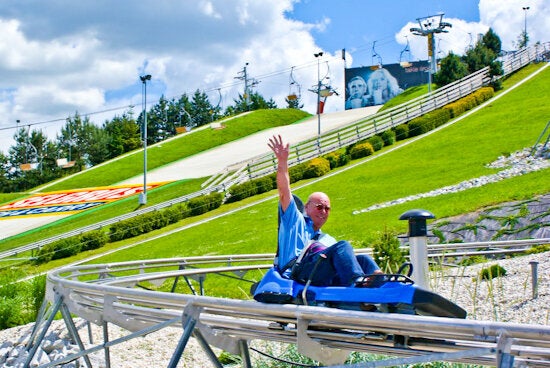
Around Poznan
50 km away, Gniezno played a major role in the history of Poland and is where the first kings were crowned. The star attraction here is the Cathedral with its 12th century double bronze doors decorated with scenes of the life of St. Adalbert and his bones are preserved in a 17th century ornate silver coffin inside. It's still a place of pilgrimage and there's even a vial of blood from Polish Pope John Paul II in one of the chapels.
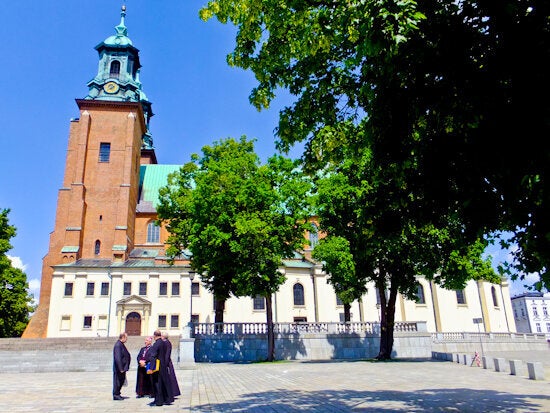
Between Gniezno and Poznan is a Prince Mieszko's 10th century fortified royal settlement on an island on Lake Lednica. You cross by ferry to see the remains of a palace, a chapel, and a church, the oldest and best preserved remains of stone buildings in Poland. Well worth a visit is the Wielkopolska Ethnographic Park, just nearby, which has over 50 examples of traditional buildings brought from all over the region. As well as houses, there's a smithy, church and different types of windmills - guides dress in period costume and show you around.
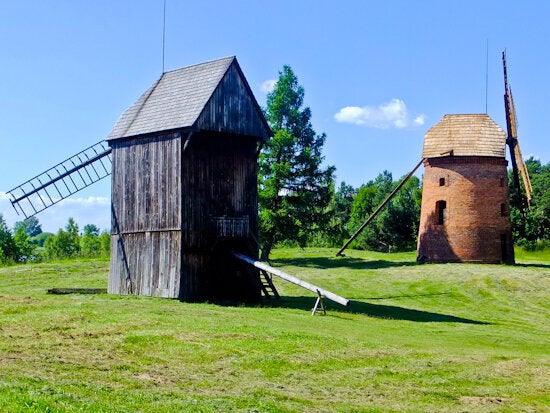
A few km west, near the town of Pobiedziska, is a medieval siege engine theme park, sporting hands-on replicas of these weapons. They're enclosed by a high wooden palisade and the display includes a battering ram, siege hook, heavy crossbow, siege tower, Perierre and a Trebuchet. Once you've primed the giant catapult, you get the chance to fire massive boulders over the wall into the surrounding countryside. If that's too much, there's archery practise for the faint of heart.
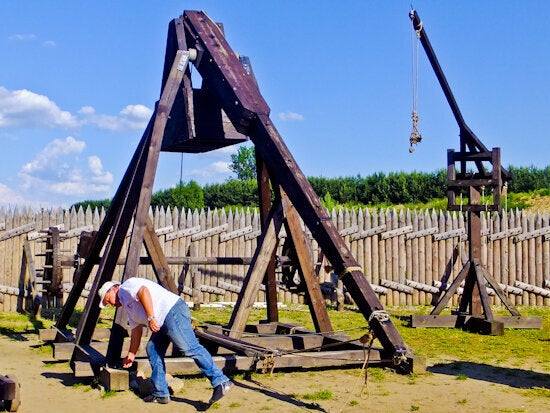
The award for the candidate for the most bizarre tourist attraction is in the town of Nowy Tomyśl, 70 km west of Poznan. Here they have a long tradition of wickerwork so what could be more natural than weaving the world's largest wicker basket? Finished in 2006, it's 17 metres long, 9 m wide and 7.7 m high and proudly sits in a park in the centre of town. I begin to think they should be creating a giant to pick up the basket - now that would be a real Wicker Man...
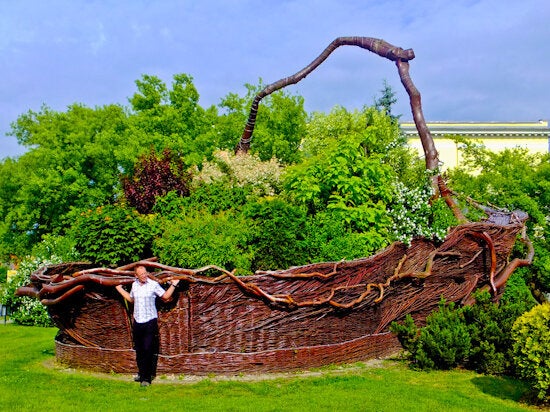
POZnan has information about the city.
Visit Wielkopolska has tourist information about the region as does Wielpolska Travel.
Polska has information about the country.
The NH Hotel is a central place to stay.
The Zagroda Bamberska hotel is uirkier and quieter place with a great restaurant.
The Brovaria serves excellent modern Polish food with beer from its own brewery and also has rooms.
The Vine Bridge is the smallest restaurant in Poznan but has some of the best cuisine.
Wizzair flies direct to Poznan from London Luton.
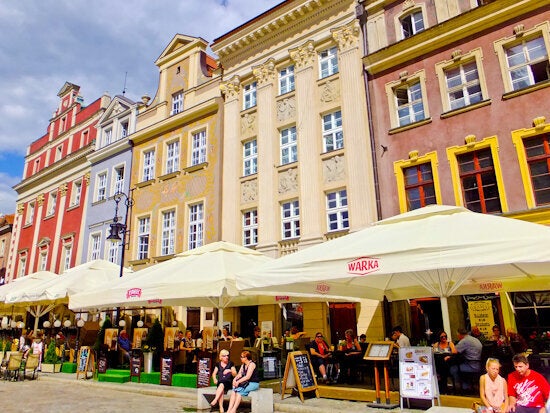
All pictures copyright Rupert Parker.